Supporting materials
QR code and scratch application
Download
Download this article as a PDF

This activity was presented at the Science on Stage Festival 2024. ![]()
Strengthen knowledge in the subjects of energy supply, grid load, and data evaluation, while using 21st century skills in a fun way.
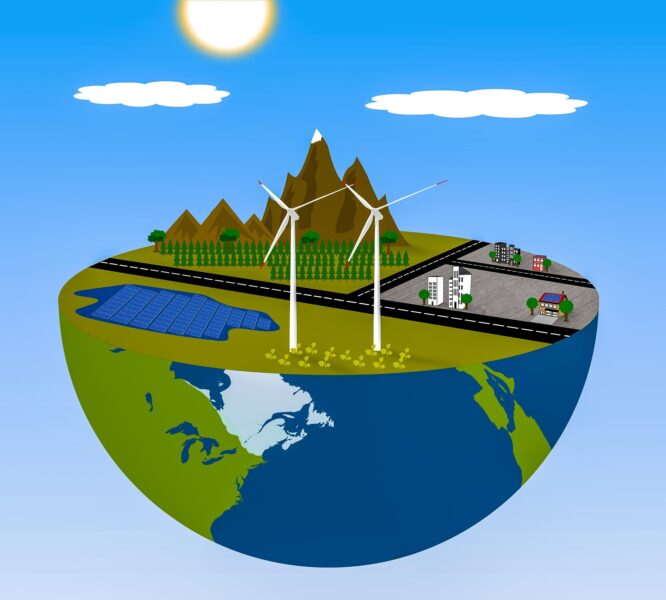
Learning in a fun and informal atmosphere is effective and sustainable. Such a learning setting can be created by using educational escape games, enabling students to learn in a practice-oriented way in STEM lessons. This article introduces the ‘Village of the Future’ escape game for physics or technology lessons.
The Village of the Future is an educational escape game about renewable energy for students aged 16 to 19.
The escape game consists of two parts (figure 1), with the first part focusing on carrying out experiments with solar cells and evaluating these experiments. In the second part, the students work intensively on evaluating diagrams and reading and interpreting information from texts.
Figure 1 shows one possible way to solve the puzzles. To solve the second puzzle, the first puzzle must be solved. The two parts are presented in more detail below.
The game is designed to take 60 minutes, but the recommendation is to plan for a duration of 90 minutes to introduce the escape game to the students, complete the process, and discuss the outcome.
The company Village of the Future helps small villages to become self-sufficient with renewable energy. Many preparations have been made in recent weeks to put the energy network of a small village into operation today. For fear of climate-change deniers disrupting the activation of the renewable-energy grid, the key is kept securely in a toolbox locked with several combination locks. But now the activation of the energy network is endangered because the employee named Ingo, who knows the codes to get the key, is ill in bed and cannot be reached by phone. Luckily, Ingo has prepared puzzles to help find out the codes of the combination locks. The company needs the students’ help to solve these puzzles quickly, so that the energy network can go live today.
Before the lesson starts, all the required materials must be printed out and prepared. The posters should be printed at A3 size, and all other materials should be printed at A4 size and cut out along the indicated lines. It is important that the elements are printed at the correct size or they will not be correctly aligned.
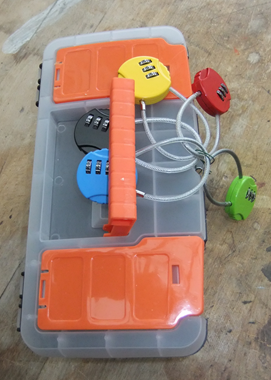
Furthermore, a toolbox should be prepared that is locked with the same number of locks with three-number combinations (different colours) as there are groups (figure 2). The codes in the table are set for the different colours of the locks. The toolbox contains a reward (sweets or other treats) and a key (e.g., printed with the 3D printer).
| Lock colour | Code |
|---|---|
| black | 975 |
| yellow | 965 |
| blue | 863 |
| red | 973 |
| green | 865 |
All materials and descriptions required to prepare for the activity, as well as the teacher’s manual, in which the teacher receives further tips and information, can be downloaded via the following link.
The aim of the first part of the puzzle is to solve five riddles to find the numbers that are coloured in to complete the QR code in the sixth riddle.
A detailed description of the riddles can be found in the teacher’s manual.
Riddle 1: students have to connect the solar cells in series and then in parallel to get light-emitting diodes (LEDs) to light up and a motor to turn. This is required to start riddle 2.
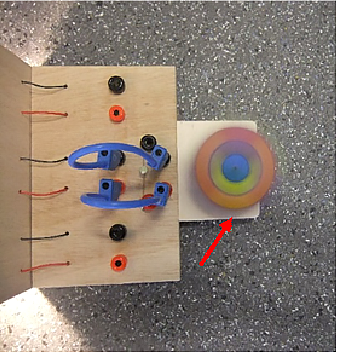
Riddle 2: students find out into which forms of energy the electrical energy is converted in the LED and the motor.
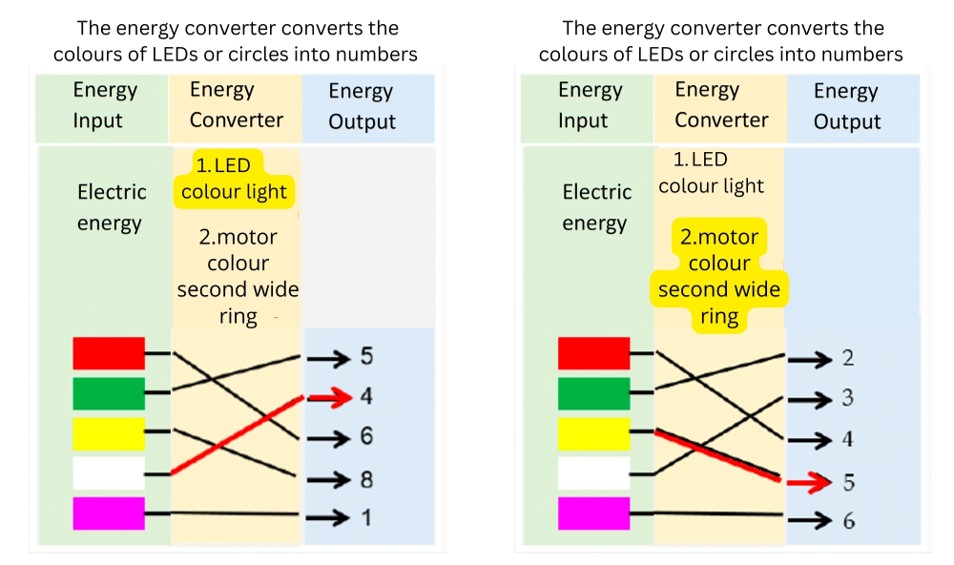
Riddle 3: students have to measure the parameters of a solar cell and find out which of the characteristic curves drawn is the right one.
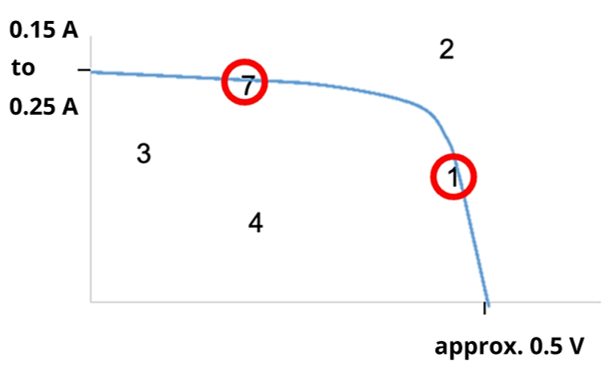
Riddle 4: students must solve a picture riddle to discover what they need (a 5 W resistor) for riddle 5.

Riddle 5: students have to find the 5 W resistor on the board by using a multimeter, and then connect the large solar cell and measure the voltage and the current to calculate the maximum power point. The result number is nine.
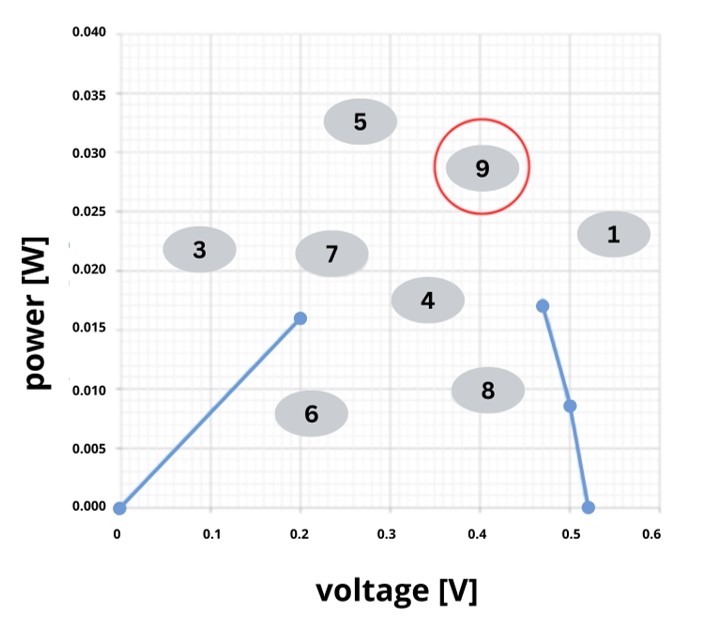
Riddle 6: students complete the QR code by colouring in the squares numbered two, four, five, seven, and nine, according to the results they have obtained from riddles 2, 3, and 5.
You can decide whether you want to hand out the QR codes in analogue form or make the qrclick.html file QR code available to the pupils. With the analogue QR code, the students fill in the numbers they receive with a black pen and then scan it with a digital device to access the website for puzzle part 2. With the digital QR code, the numbers are filled in by clicking on them, and then the code can be scanned with another digital device.
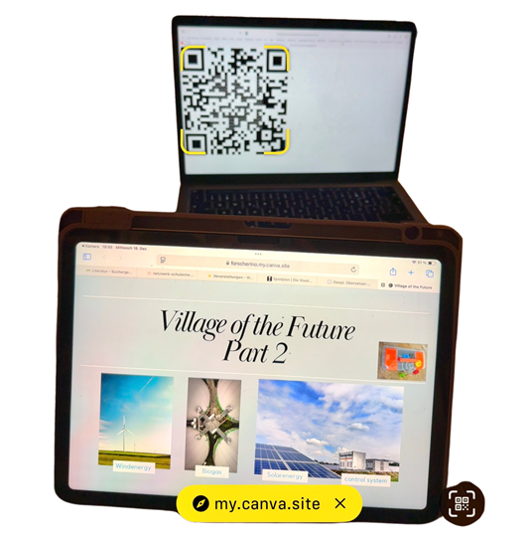
Per group:
Students should obtain the numbers four and five (riddle 2), seven and one (riddle 3), and nine (riddle 5). These squares should be coloured in on the QR code, so that it can be scanned. By scanning the QR code, students can access the puzzle 2 website, where they can find important information for the second puzzle.
The aim of the second puzzle is to find the numbers required to open the combination lock by solving five more riddles.
Riddle 7: students need to find the code from information text on a biogas plant to obtain the three clock times they need to solve riddles 9–11. The text also contains important information on the plant parameters, which is needed for riddle 11.
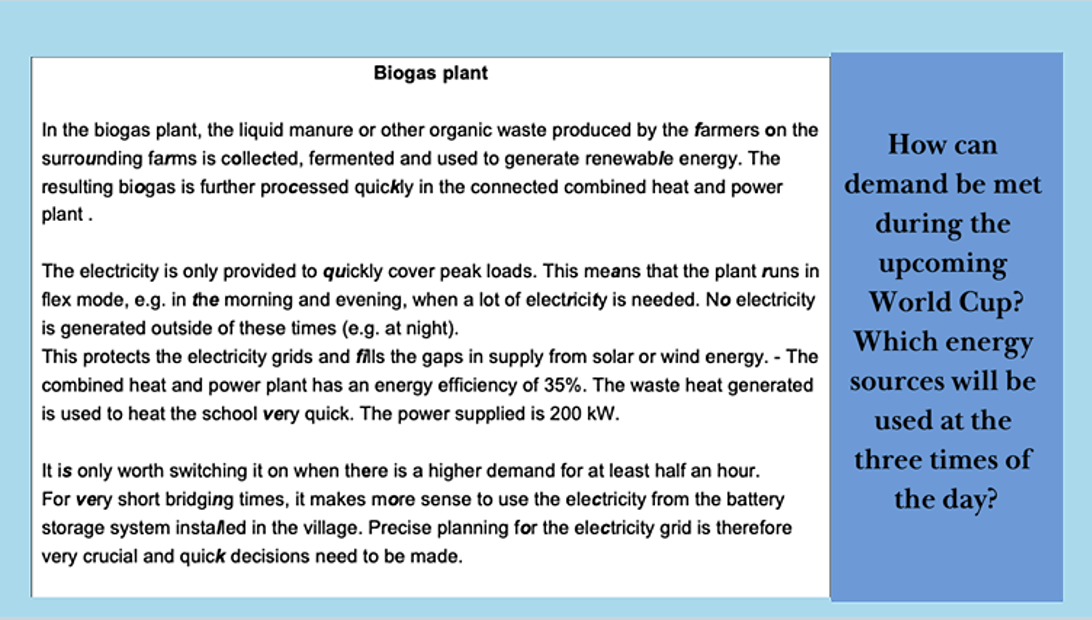
Riddle 8: students assign the cards to the rows in the table on poster 2 by analyzing a text on energy use and evaluating the diagram on electricity demand.
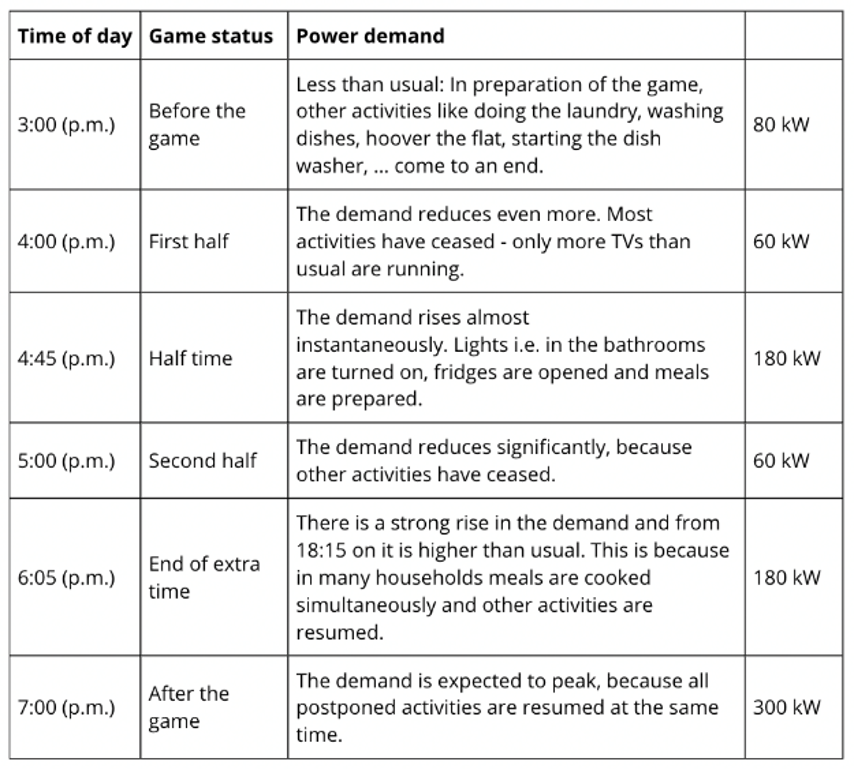
Riddle 9: students use the red overhead transparency to find the correct wind turbine power curve (poster 2). Then they use the weather forecast on the website to estimate the wind speed at the given times (result of the riddle 7) and extract the yield of the turbine.
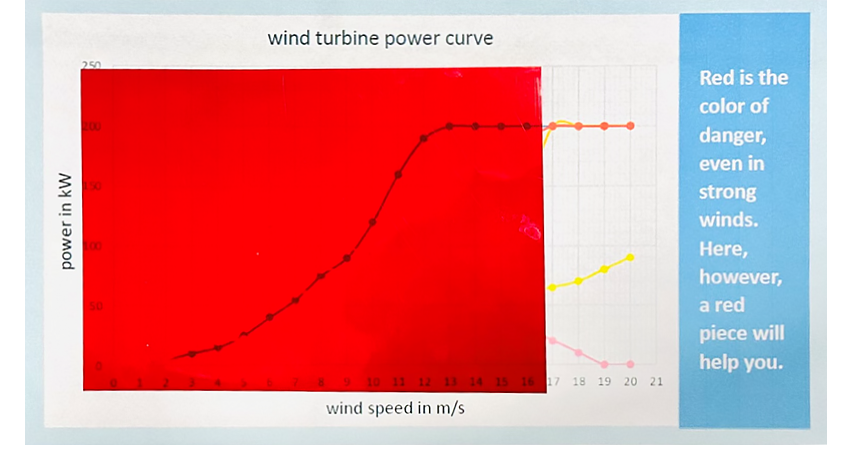
Riddle 10: the aim is to find out how much power the solar system delivers at the three given clock times (see result of riddle 7) using the chart expected yield of the photovoltaic (PV) unit, which has a gap (poster 2); the overhead transparency with the missing part of the curve (envelope 2); and the weather forecast on the website.
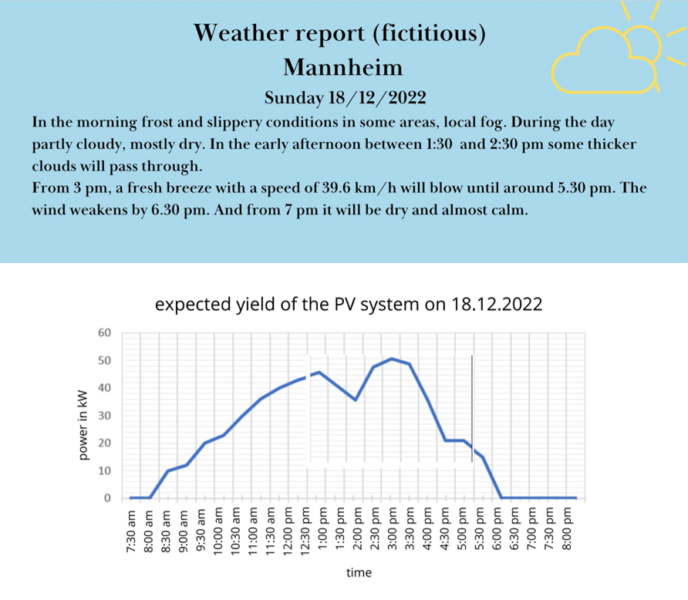
Riddle 11: students must use all the information collected to receive the code to open their combination lock by using the scratch program.
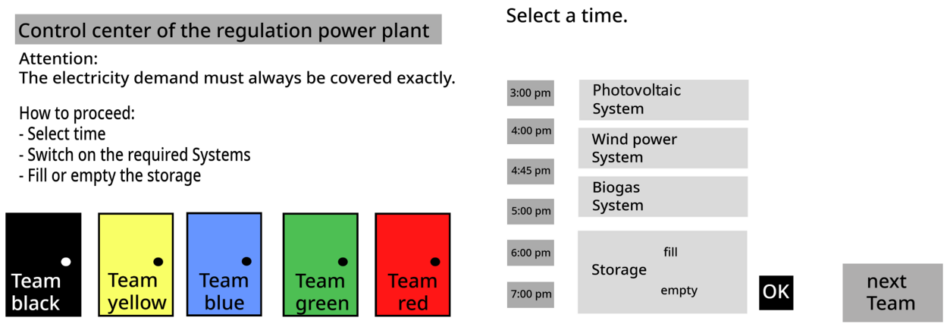
Per group:
Riddle 7 gives the clock times (4:00 pm, 4:45 pm, and 7:00 pm) required for the other riddles. Riddles 8–10 then give additional information required to solve the final riddle. In riddle 11, students use the Scratch program and have to select which energy sources are available at the three given clock times, whether the biogas plant has to be switched on to cover the demand, and whether the storage tank is filled or emptied. If they have chosen all the results correctly, they receive a colour code, which they convert into a binary code and then convert into decimal numbers. With these numbers, they can open one combination lock. Please note that each group receives its own code, depending on the lock colour.

As part of the educational escape game, students slip into the role of an employee of the Village of the Future company and solve a variety of puzzles and riddles. In doing so, they can playfully apply and deepen their skills on complex topics such as energy supply through renewable energies, grid load, and data evaluation in groups. In addition to the content-related skills, the game promotes a variety of 21st century skills.[1] The game can provide students with a motivating[2] and solution-oriented environment in which they can work independently and in a self-organized manner. Also, communication and cooperation skills are promoted.[1] Finding solutions and providing information takes place in both analogue and digital formats and combines a variety of approaches and tools.
It is important not to take an escape game as a self-runner or a panacea, even if researchers have already been able to show that gamification can have an influence on learning effectiveness.[3] Rather, it is very important to select or create the game appropriately for the target group. If it is too challenging or too demanding, the effectiveness of the game will be severely limited[1] Help cards and tips can be made available to aid weaker groups. Furthermore, it is important not to carry out the escape game as a loose component of the lesson, but to actively integrate it into the lesson through preparation and follow-up.
For the escape game Village of the Future, a few topics are suggested below that can be discussed in class after the game. Therefore, the content of the game can be followed up on:
[1] Avargil S (2022) Knowledge and skills of university students in chemistry-related departments as expressed in a specially designed escape-room. Journal of Science Education and Technology 31: 680–690. doi: 10.1007/s10956-022-09986-9
[2] Alabdulaziz MS (2023) Escape rooms technology as a way of teaching mathematics to secondary school students. Education and Information Technologies 28: 13459–13484. doi: 10.1007/s10639-023-11729-1
[3] Bai S, Hew KF, Huang B (2020) Does gamification improve student learning outcome? Evidence from a meta-analysis and synthesis of qualitative data in educational contexts. Educational Research Review 30. doi: 10.1016/j.edurev.2020.100322
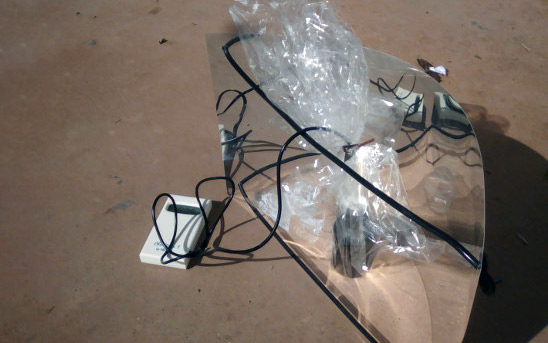
Pocketful of sunshine: build a solar cooker and learn about the thermoelectric effect with Peltier…

Learn from nature: biomimicry can be an inspiring interdisciplinary teaching tool that motivates students through engagement with real-world problems.
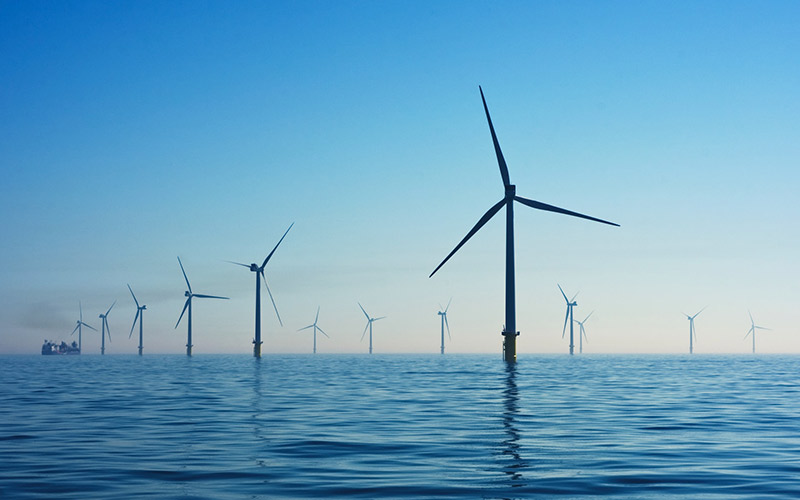
Can we meet all our energy needs with renewables? How can energy models help us to explore the future of energy? And how can we all become part of…